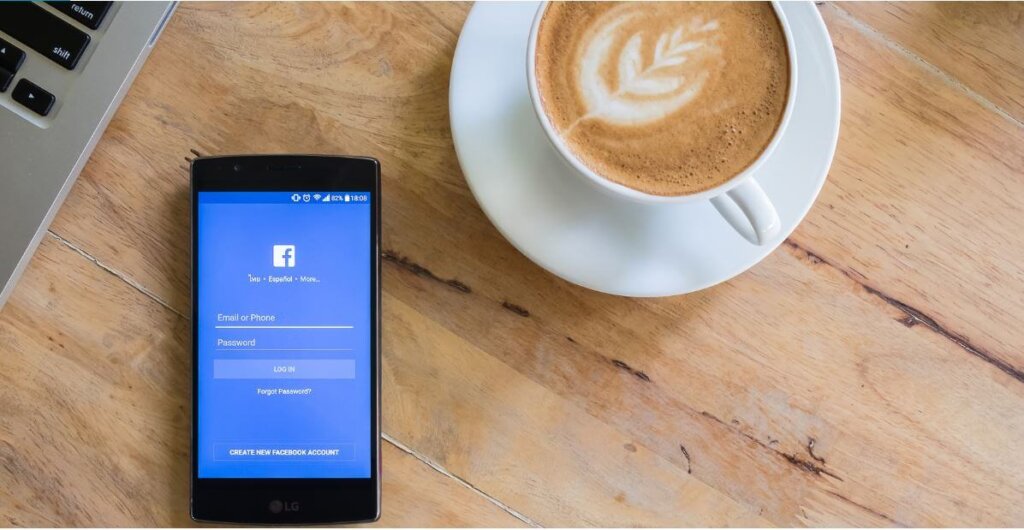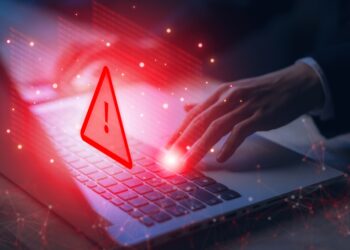For anyone who has had a case involving call detail records, I don’t have to emphasize the complexities and challenges these can present to effective case preparation for both the prosecution and the defense. Trying to make even rudimentary sense of the myriad Excel data sheets laced with acronyms and labels – PCMD, RTT, First Serving Cell Face, azimuth, etc. – is almost impossible without the help of an expert.
The good thing about call detail records is that they, if properly analyzed, can quickly become the proverbial “nail in the coffin” or the “get out of jail free card.” In either case, whether working for the prosecution or the defense, you need to be prepared and develop strategies to maximize or mitigate their utilization in the courtroom.
During my 27 years in law enforcement and digital forensics, I can say without any doubt that call detail records are the most underutilized resource by defense counsel. Call detail records are admitted as evidence by the prosecution nine out of 10 times. Why don’t we see these records utilized by the defense more? The only answer I can come up with is that defense attorneys either aren’t aware of the exculpatory power they could contain or they simply don’t know how to obtain and analyze them properly.
In the past, when I’ve asked a room of defense attorneys how they would obtain call detail records for their client’s phone, the overwhelming response is that they would file a subpoena with the service provider. Seems logical, right? If you take only one thing away from this article, let it be that you never file a subpoena to obtain cellphone call detail records ever! Is it because the service providers will ignore the subpoena? Of course not, however, the problem lies in what you will receive in response to said subpoena. In order to find those exculpatory bits of information, you need to know how and what to ask for, and also understand that it should be done in the form of a properly written court order instead of a subpoena.
Each cellphone service provider is different. They use different language, acronyms, and provide different amounts of information based on the timeliness of the court order in conjunction with their own unique data retention policies. Each provider uses some of the same equipment, but the equipment is sometimes described differently. Some data is available for only a few days and yet other data for several years.
While writing this article, it reminded me of a recent case we worked on in San Diego. The defendant in this case was charged with robbing a convenience store with an accomplice. The accused was arrested based on the result of eyewitness identification and circumstantial evidence even though she asserted to police she was at home alone during the alleged time of the robbery. Defense counsel hired us to analyze the data from properly acquired call detail records. We were able to conclusively place her 11.6 miles away from the location of the robbery two minutes after the robbery was alleged to have occurred; i.e., it was impossible for her to have committed the robbery as alleged. The defense attorney decided to meet with the deputy district attorney and discuss our findings just weeks before the trial. After the DDA verified our findings, the decision was made to dismiss the case.
This and other cases leave me wondering how many other defendants that allege they were somewhere other than the crime scene are being wrongfully convicted based on a lack of defense evidence. Today’s smartphones are loaded with a variety of different applications and as a result are constantly communicating data with cellphone towers. This data exchange is creating and recording a wealth of geolocation data that shouldn’t be overlooked. The days of older technology that only made records of when a call was placed or received are long gone. Don’t leave exculpatory evidence on the table – your client’s freedom and your success as an attorney count on it.
As our series continues next month, we will explore the use of mobile device forensics in conjunction with the use of call detail records. If after reading this article you’re rethinking the power of call details records, just wait and see what mobile device forensics coupled with these records can do for your cases. Darryl Bullens, CPE, CTF, CCLO, CCPA









